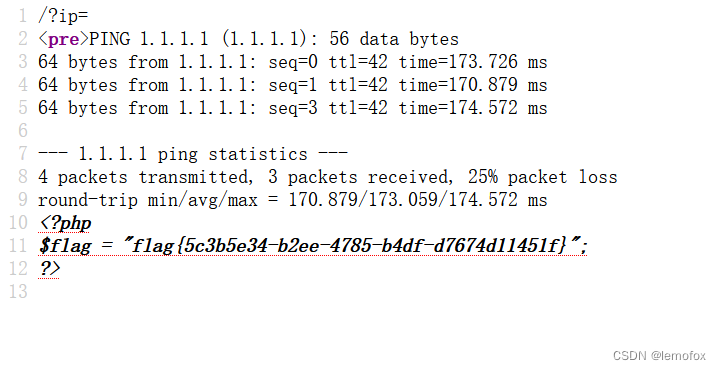1:helper_method :current_user
这样可以在页面上调用current_user方法
2:include UserHelper
这样可以在controller中调用helper内的方法
3:model中使用路由方法
a> Rails.application.routes.url_helpers.urlhelper方法名
b>include Rails.application.routes.url_helpers
源码位置: actionpack/lib/action_dispatch/routing/url_for.rb
使用示例:
class User < ActiveRecord::Baseinclude Rails.application.routes.url_helpersdef base_uriuser_path(self)end
end
User.find(1).base_uri # => "/users/1"
#或者直接使用
Rails.application.routes.url_helpers.user_path(self)
4:after_save和after_commit
after_save是在数据库中添加数据完成后执行的
after_commit 是rails把每次和数据库交互当成一个事务,
begin … save… commit 之后执行
after_commit do |good|puts good.nameendafter_save do |good|puts good.name + "三三三四四"end测试代码:Good.build_for_demo({}).save
输出:BEGINSQL (0.5ms) INSERT INTO `goods`(`name`, `spec`, `ref_price`, `points`, `par`, `created_at`, `updated_at`) VALUES ('示例奖品', '250ml', 6.0, 120, 100, '2018-02-05 09:33:31', '2018-02-05 09:33:31')示例奖品三三三四四(2.1ms) COMMIT示例奖品
5:routes中 namespace 和 scope区别
使用 namespace 创建嵌套路由,自动创建命名空间前缀,通常用于管理一组相关的路由,并且通常会影响路由名称和控制器查找。
使用 scope 创建路由作用域,可以设置一些路由选项,但不会自动创建命名空间前缀,通常用于分组和管理路由,而不需要引入额外的命名空间前缀。
namespace 用于创建一个嵌套的路由命名空间
它会自动创建一个带有命名空间前缀的路由
namespace :admin doresources :productsresources :orders
end
创建类似/admin/products、/admin/orders等路由
scope 用于创建一个路由作用域,但不会自动创建命名空间前缀
scope :admin doresources :productsresources :orders
end6: 在特定条件下对模型的字段进行验证
with_options unless: :pending? dovalidates :name, presence: truevalidates :code, presence: truevalidates :code, uniqueness: trueend# 帐号rejected状态,需要验证rejected_descvalidates :rejected_desc, presence: true, if: :rejected?# 帐号enabled expired状态,需要验证expires_atvalidates :expires_at, presence: true, if: "enabled? || state.expired?"
7: accepts_nested_attributes_for
允许父模型接受来自关联子模型的属性,并在父模型的表单中创建或更新关联子模型的记录
class Author < ApplicationRecordhas_many :booksaccepts_nested_attributes_for :books
endclass AuthorsController < ApplicationControllerdef create@author = Author.new(author_params)if @author.save# 处理成功保存的逻辑else# 处理验证失败的逻辑endendprivatedef author_paramsparams.require(:author).permit(:name, books_attributes: [:title, :publication_date])end
end8: How Rails Finds Your Templates
Admin::GoodsController.new.send(:_prefixes) => [“admin/goods”, “admin/base”, “application”]
用于获取 Admin::GoodsController 控制器的视图模板路径前缀(prefixes)。这个前缀用于告诉Rails在哪里查找与控制器相关的视图模板文件。
在这个例子中,_prefixes 方法返回了一个数组 [“admin/goods”, “admin/base”, “application”],这意味着Rails将按照以下顺序查找视图模板文件:
- 先在 app/views/admin/goods 目录下查找模板文件。
如果没有找到 - 继续在 app/views/admin/base 目录下查找。
- 在 app/views/application 目录下查找
- 这是一个通用的视图目录,适用于整个应用程序
9: 为什么子类都要实现self.model_name
@good 页面上使用的是统一的[:admin,@good],这样@good的model_name 才会访问路由/admin/goods/ceate
10: simple_form 下拉框内容定制显示
label_method:
<%= f.input :par, label: "话费额", collection: [1,10,20,30,50,100], label_method: ->(n){ "#{n} 元"}, include_blank: false, hint: "话费为全国全网通用" %>
11:views路径下是否存在某个文件
lookup_context.exists?(@good.type_name, "admin/goods/form", true)
12: :require_new => true
在 Rails 中,子事务的 rollback 是否被父事务知晓可以通过使用 :requires_new => true 选项来控制。这个选项通常用于确保子事务的 rollback 能够传播到父事务中,从而影响父事务的执行。
13: 重定向路由并且传递常数
resources :approvals docollection do get :approved, to: "approvals#index", defaults: { filter: { state: :approved }} get :submitted, to: "approvals#index", defaults: { filter: { state: :submitted }} end
end




